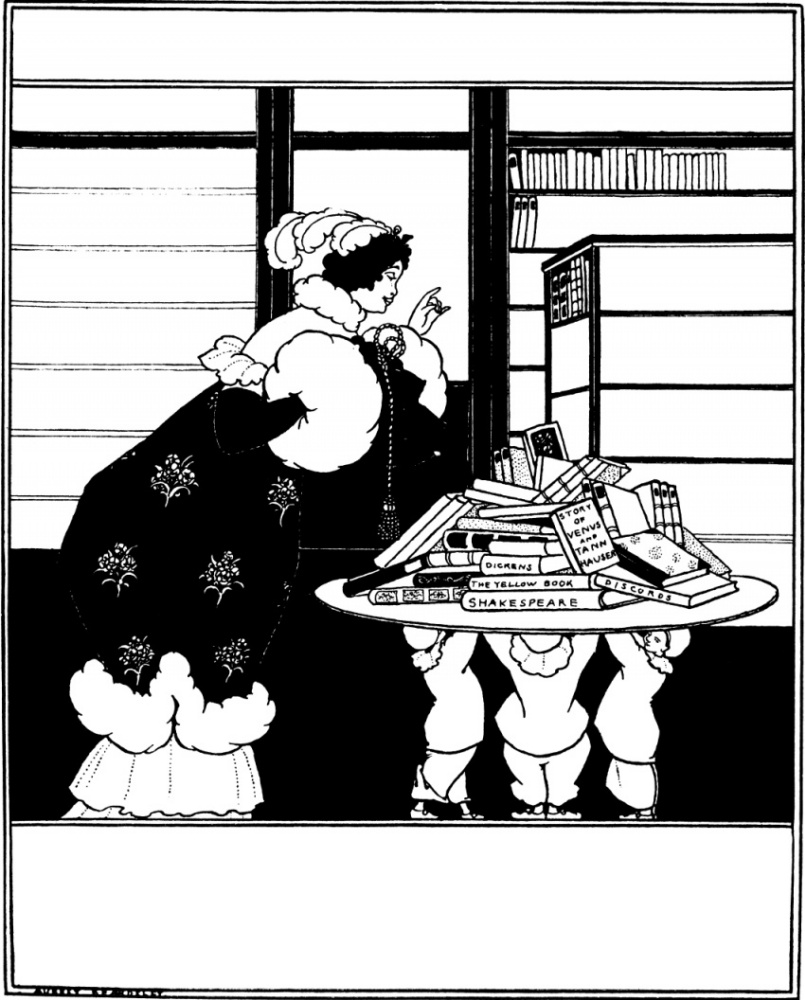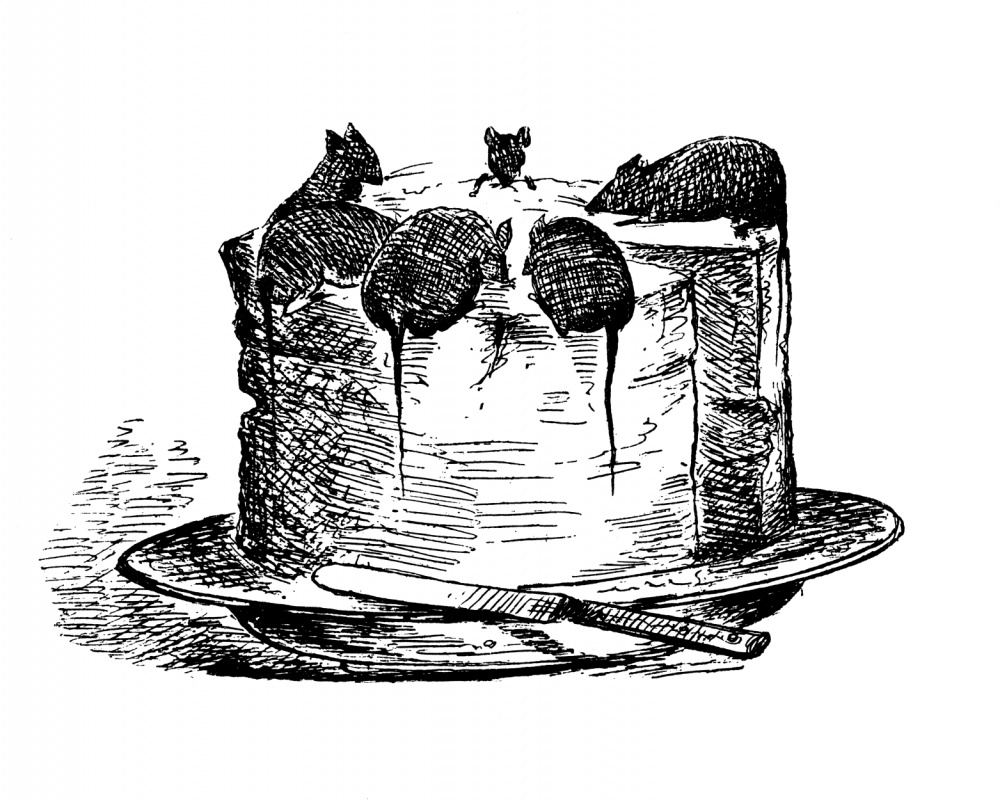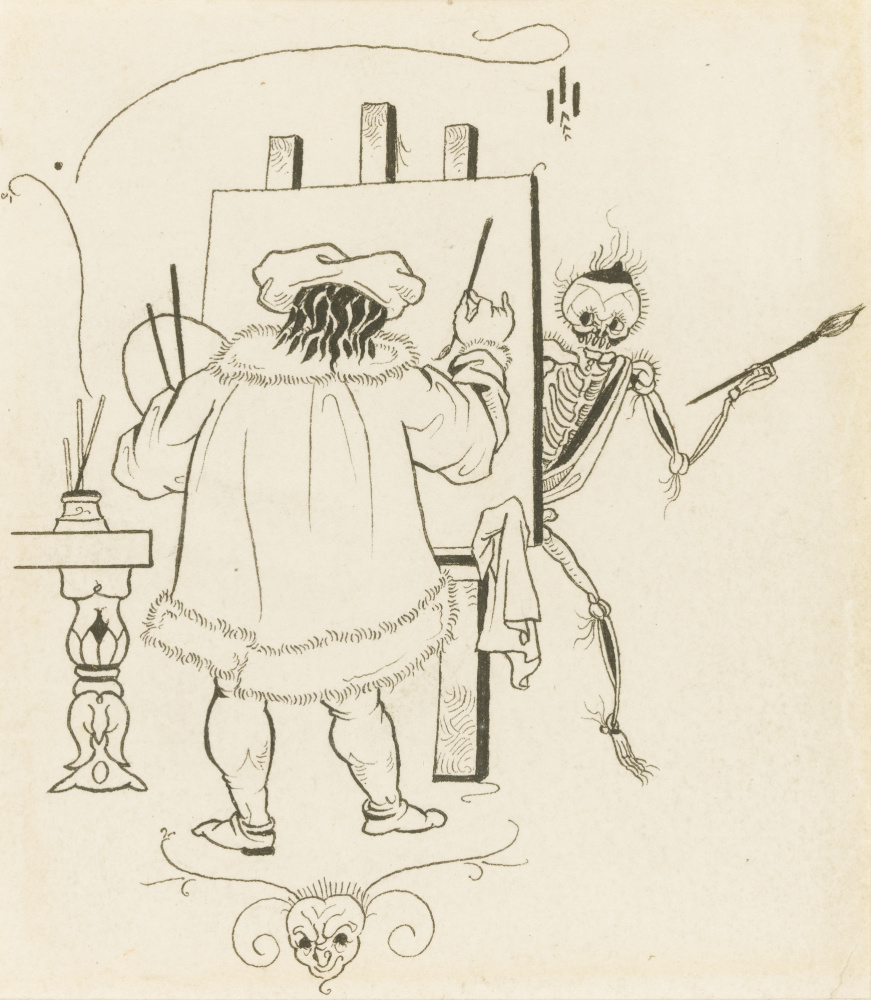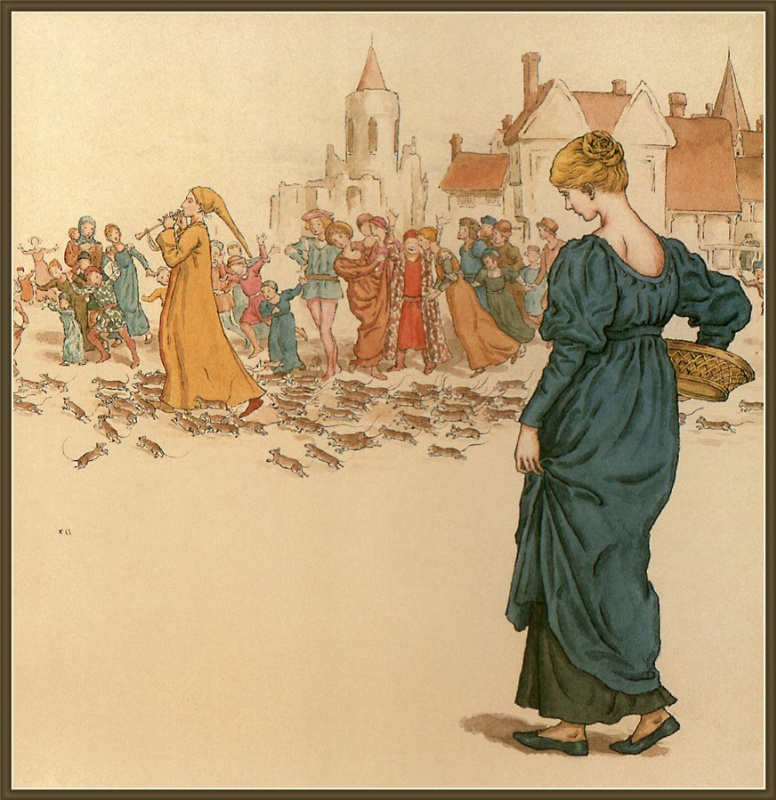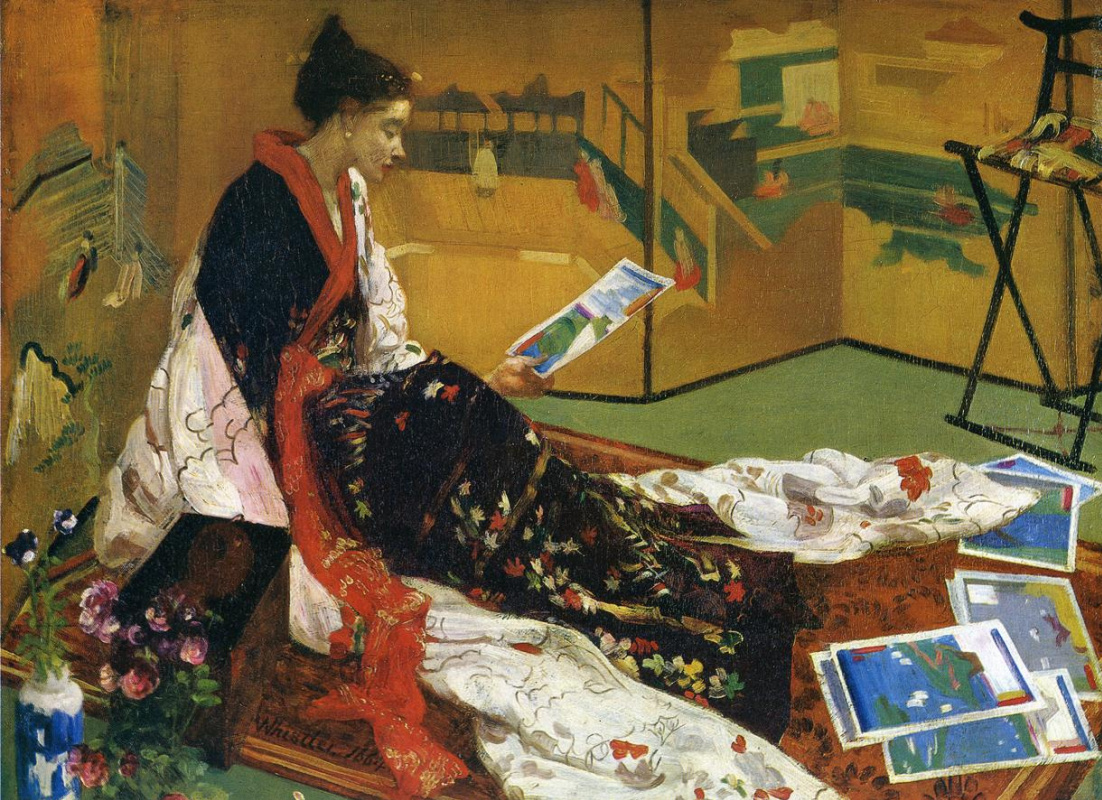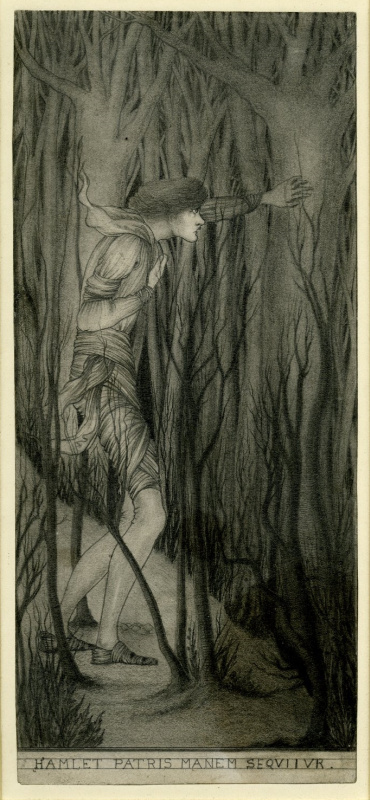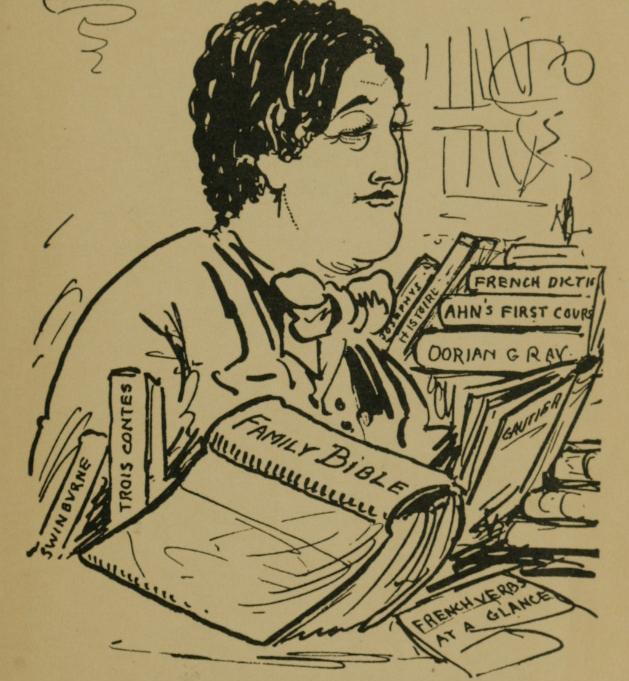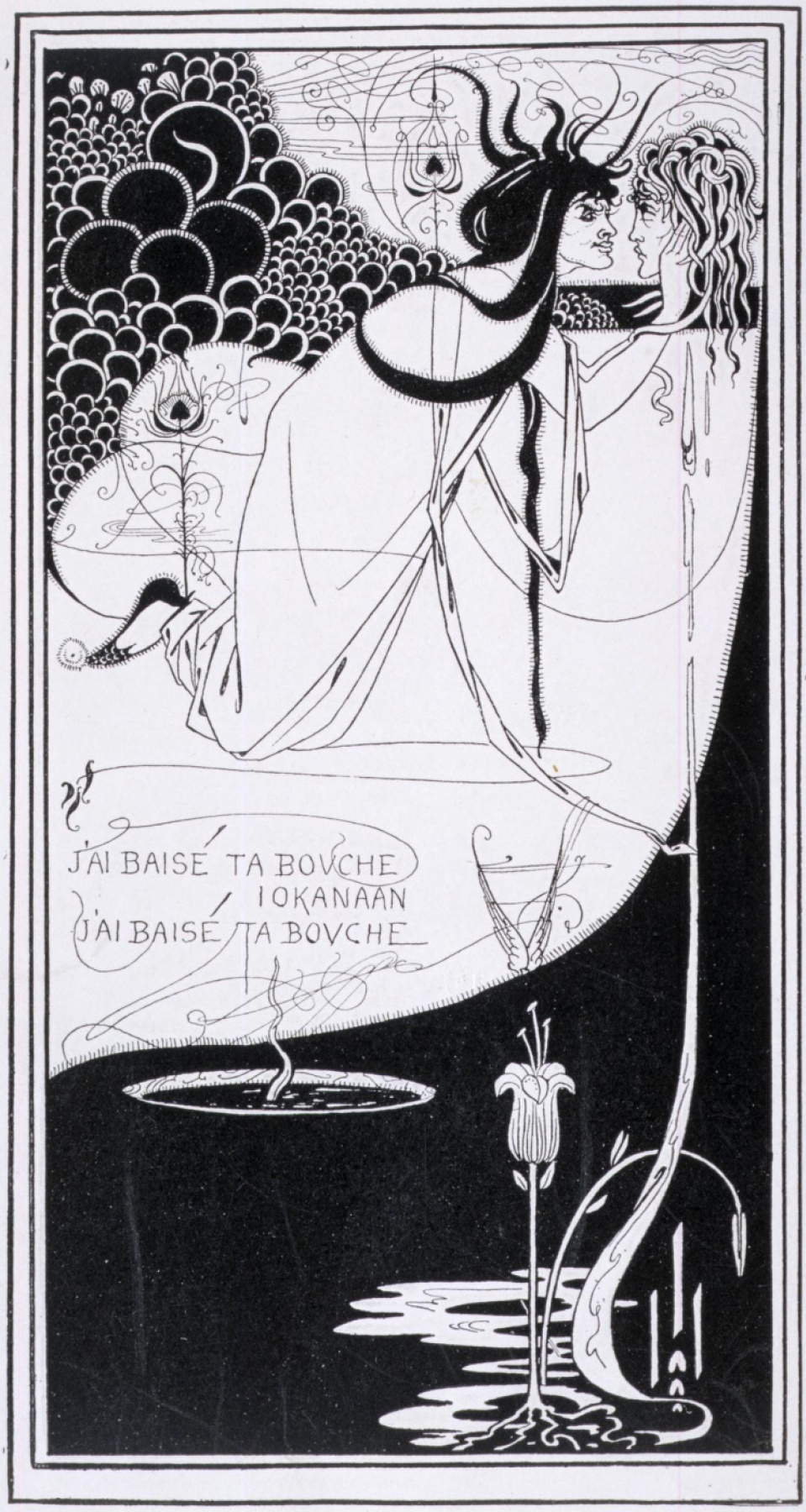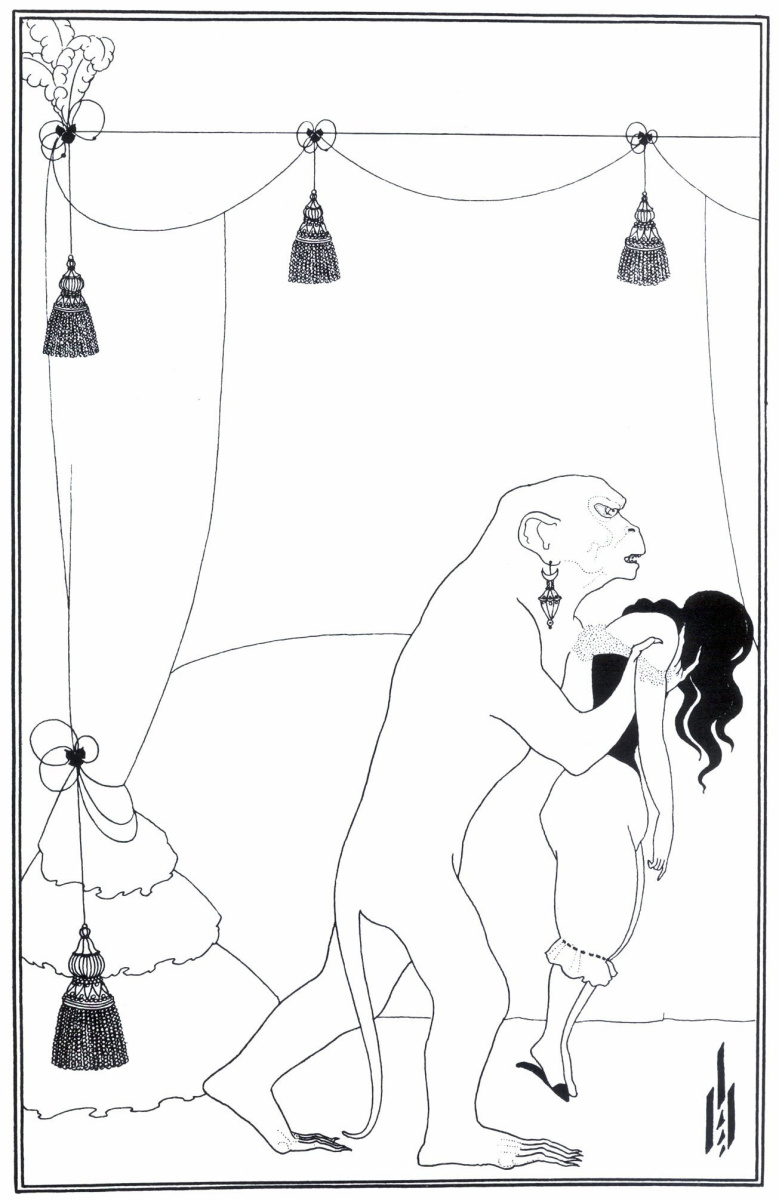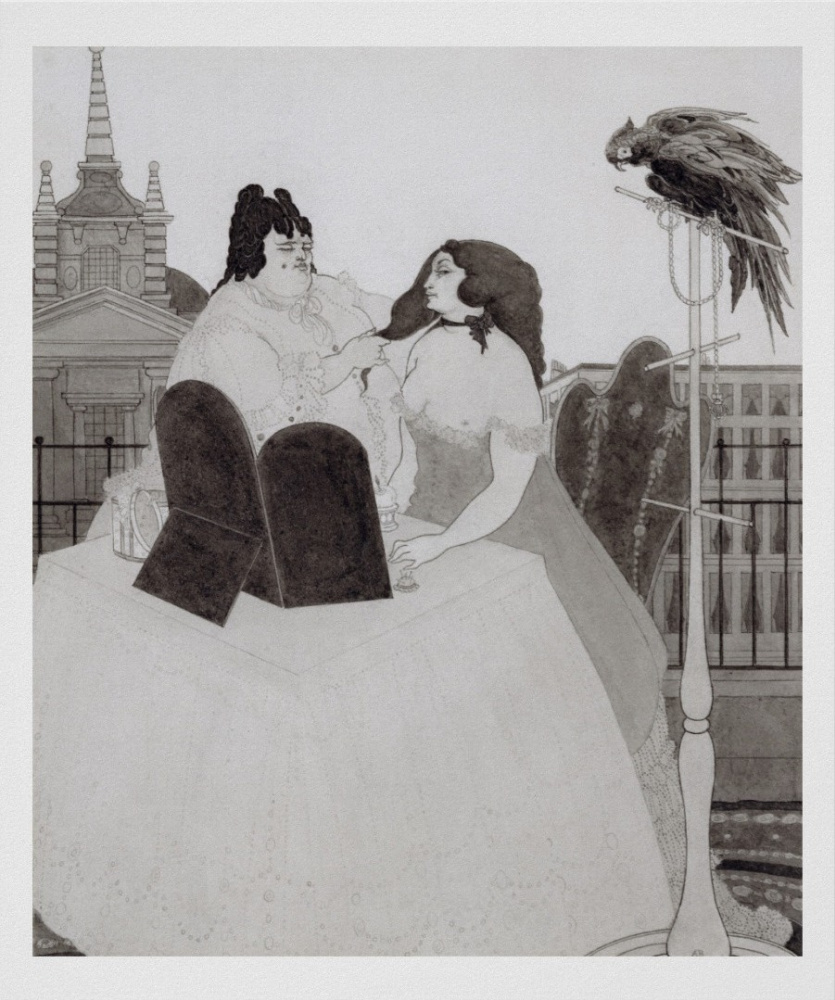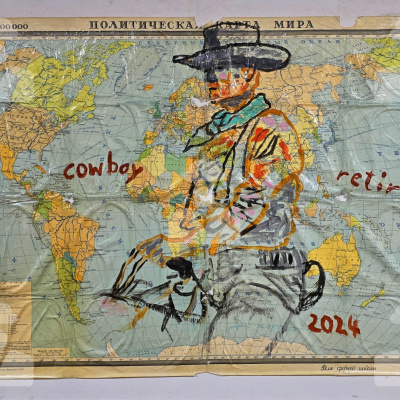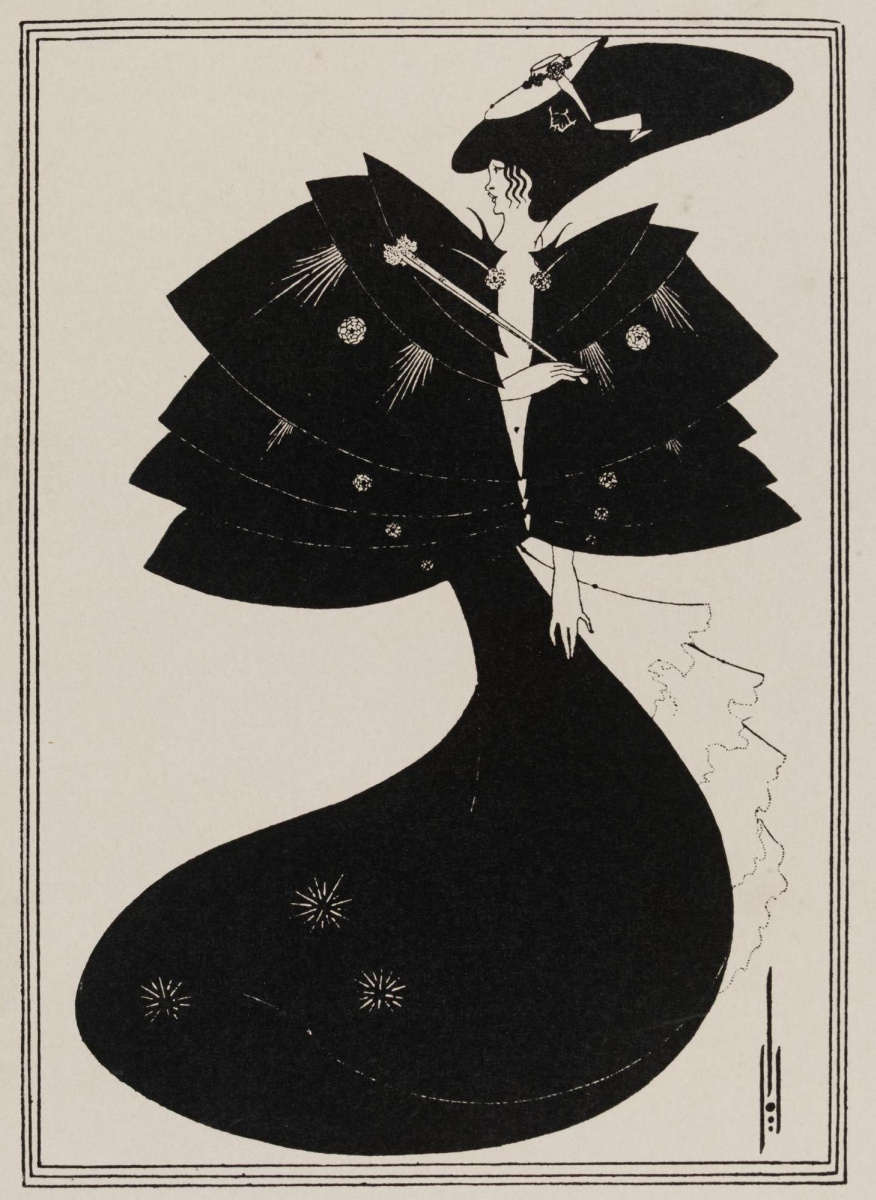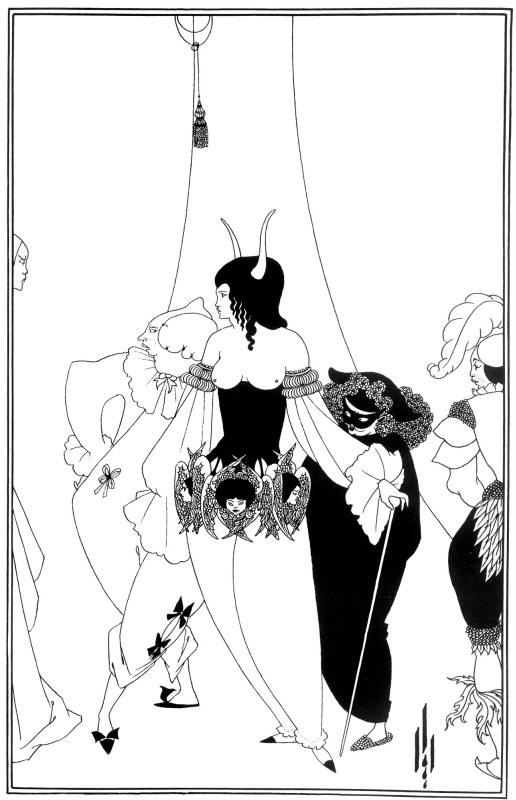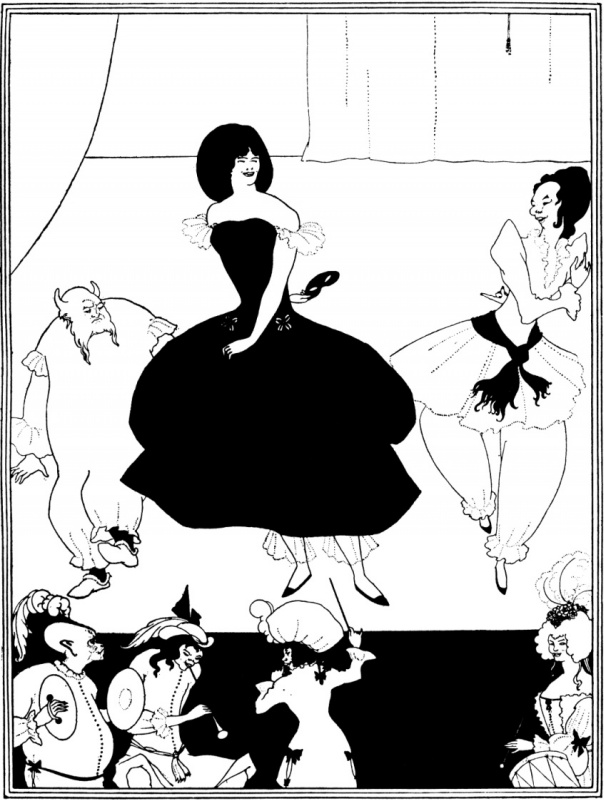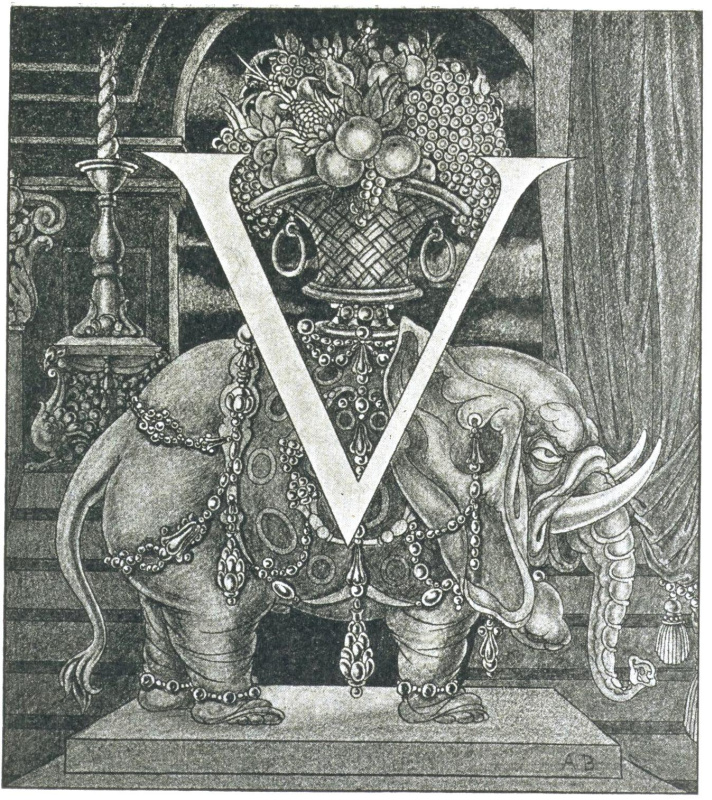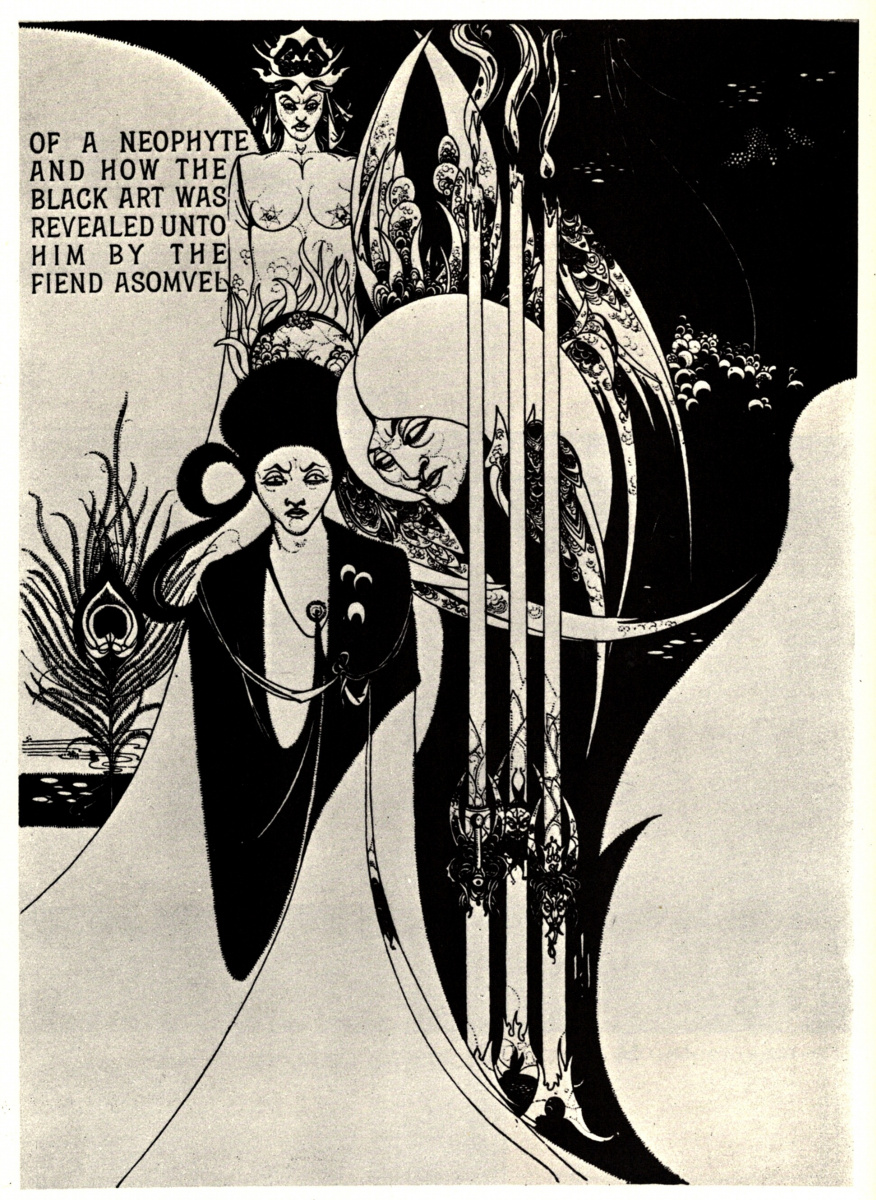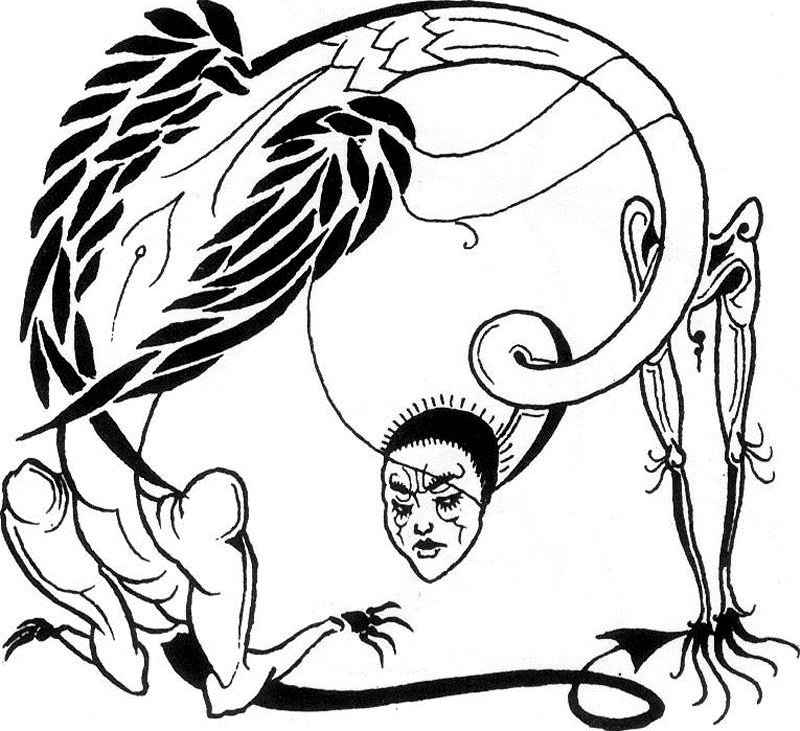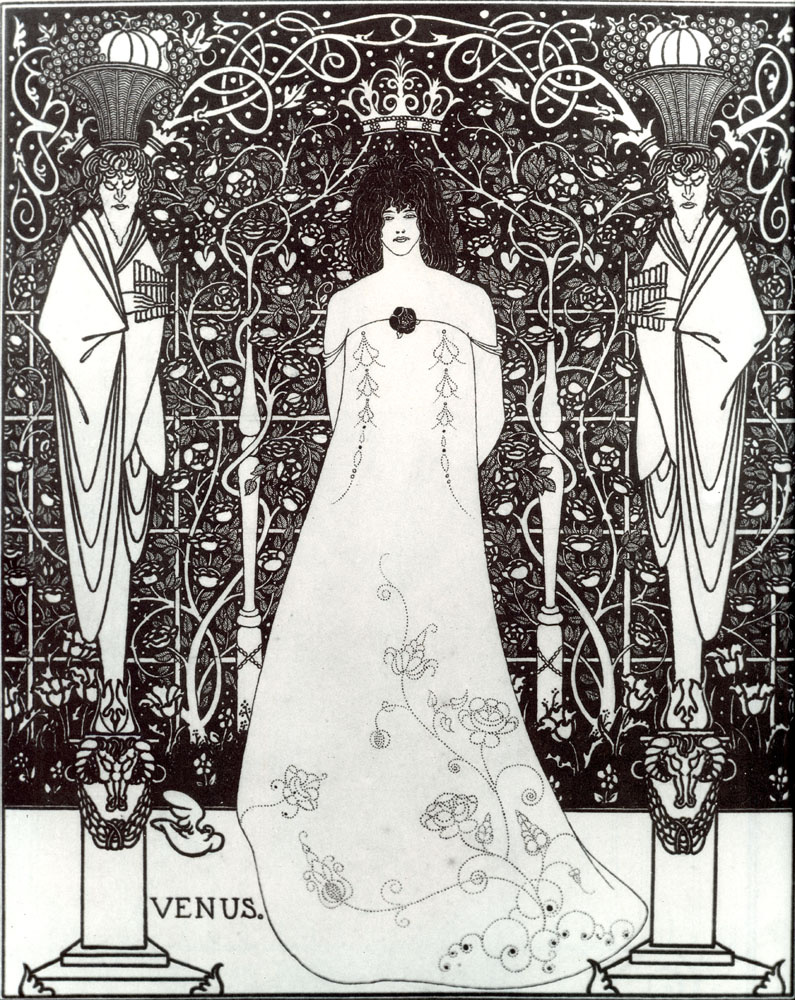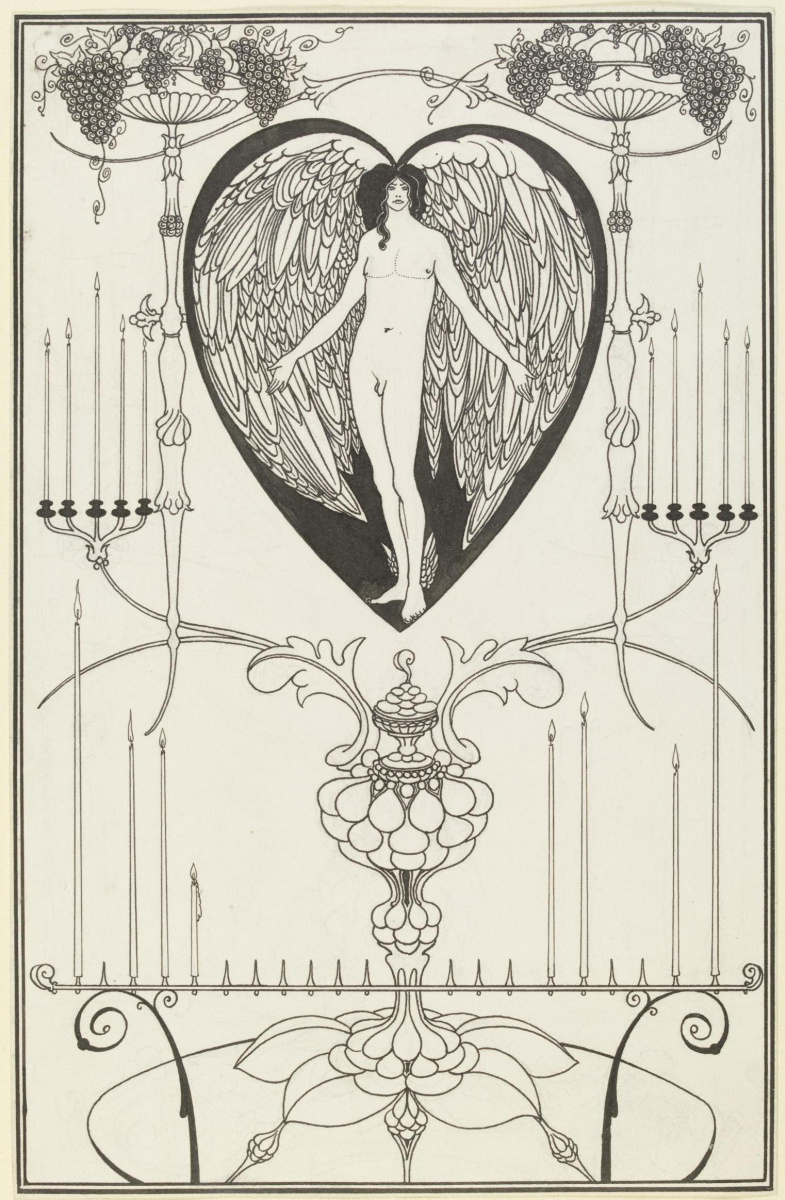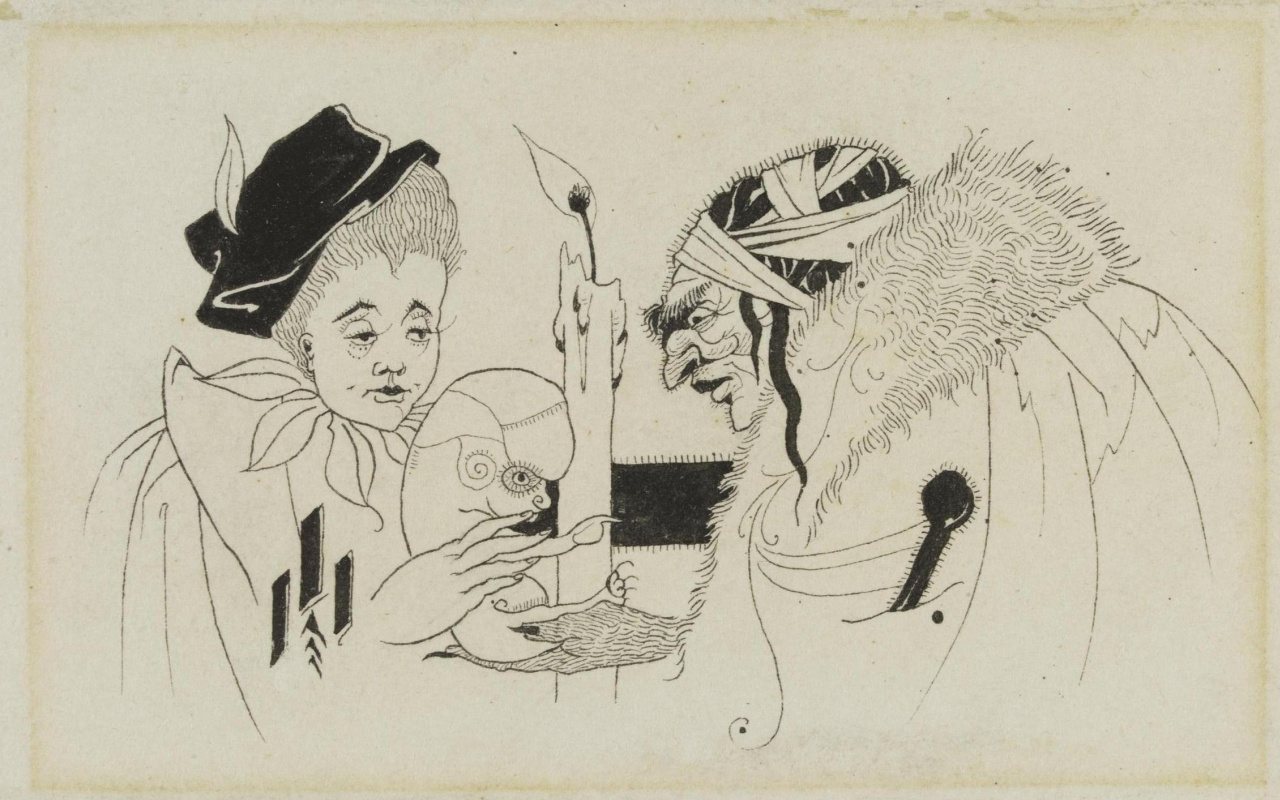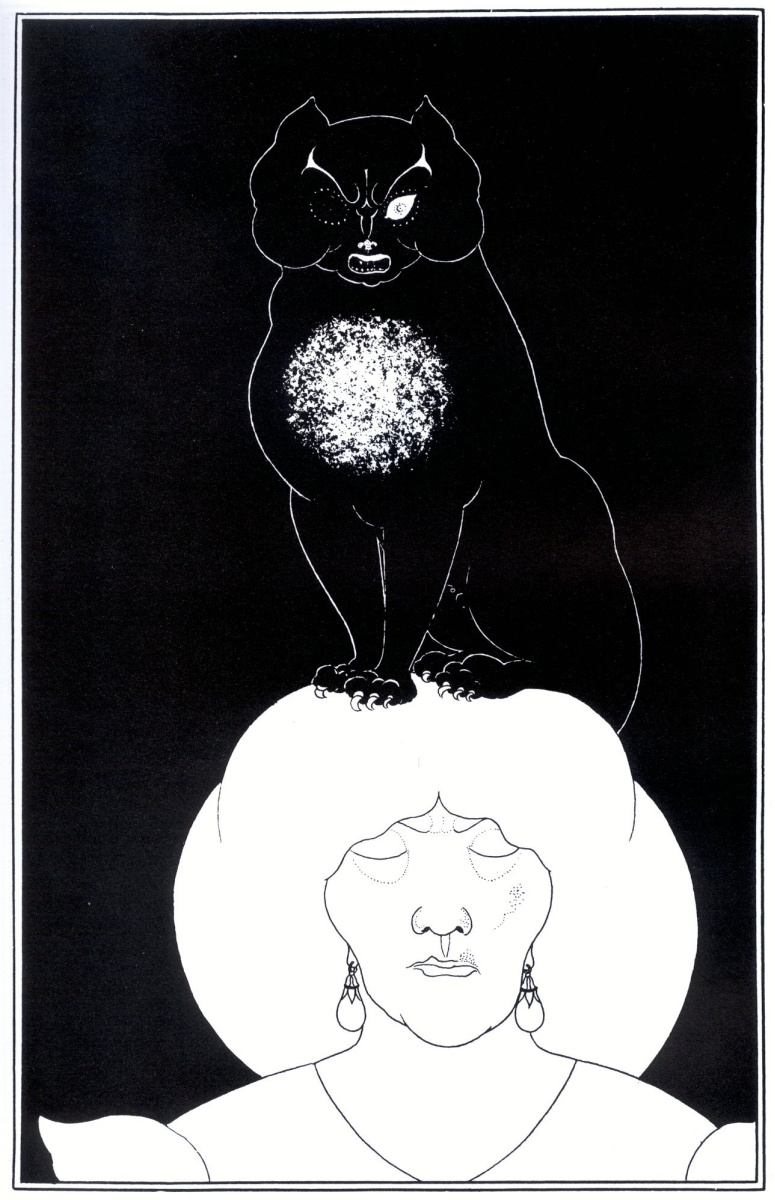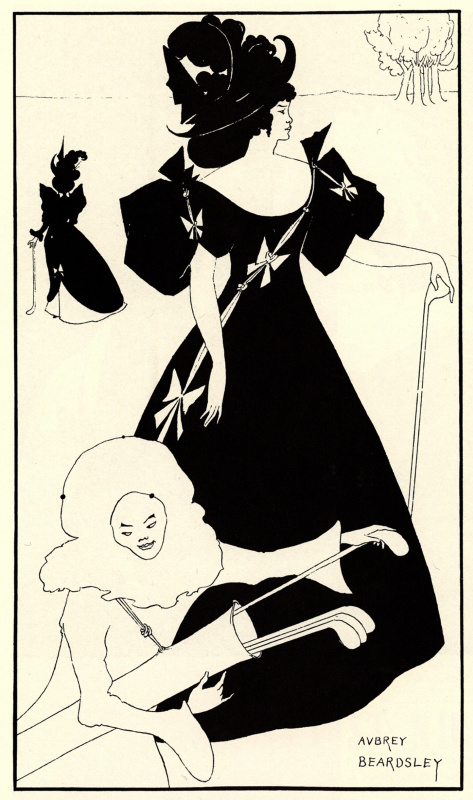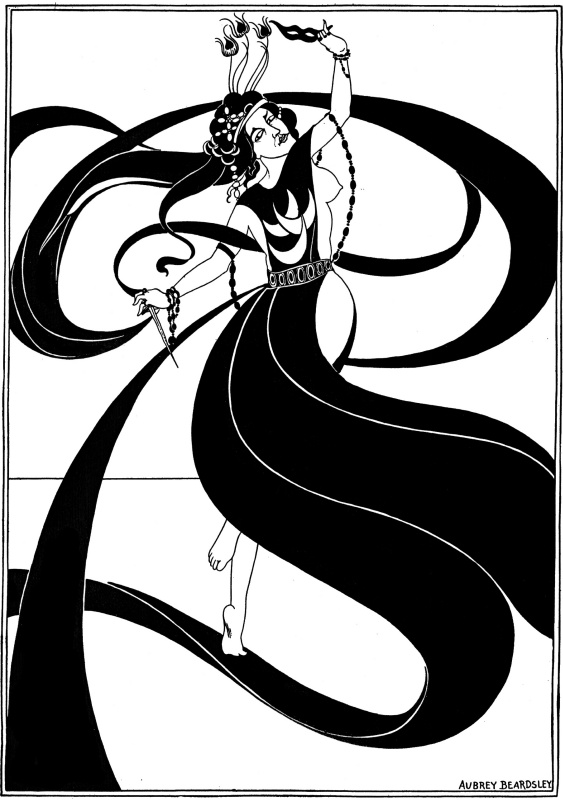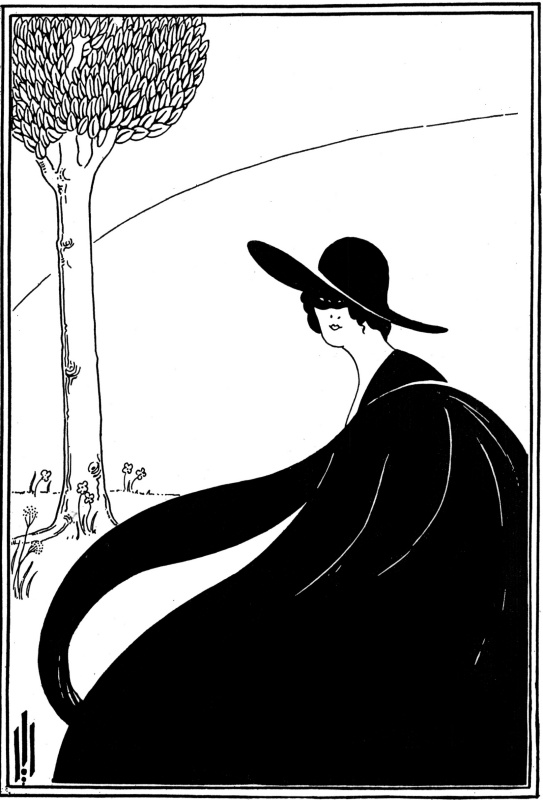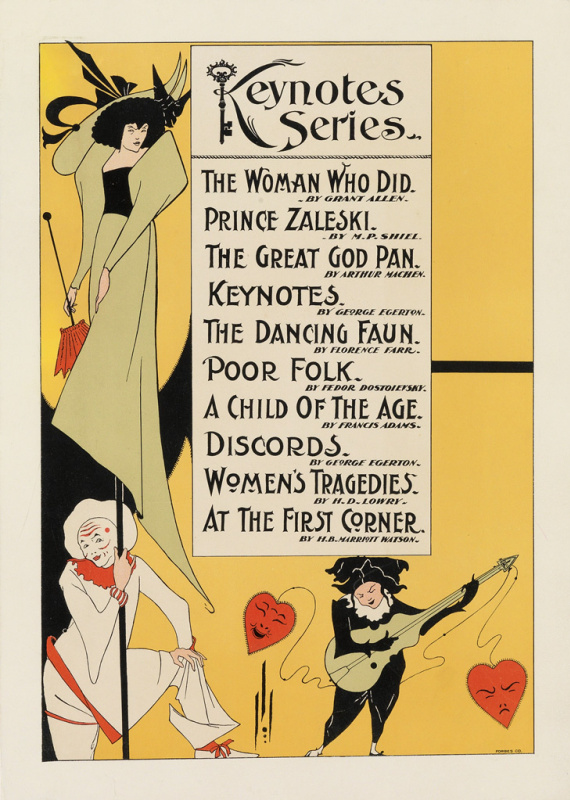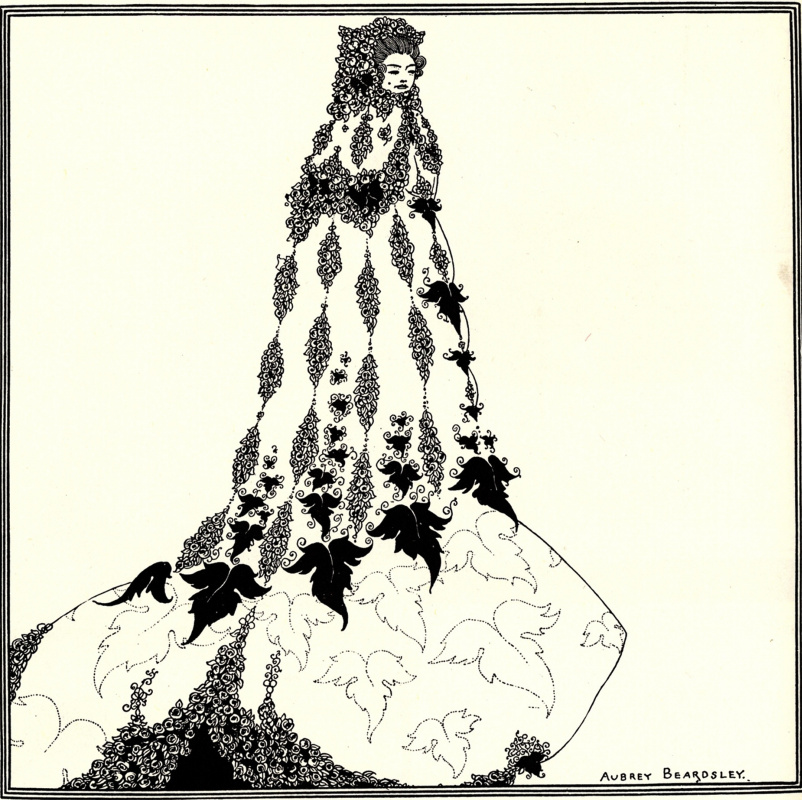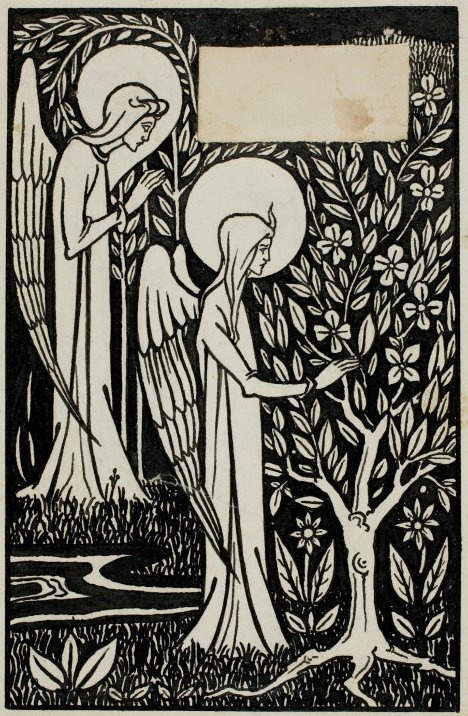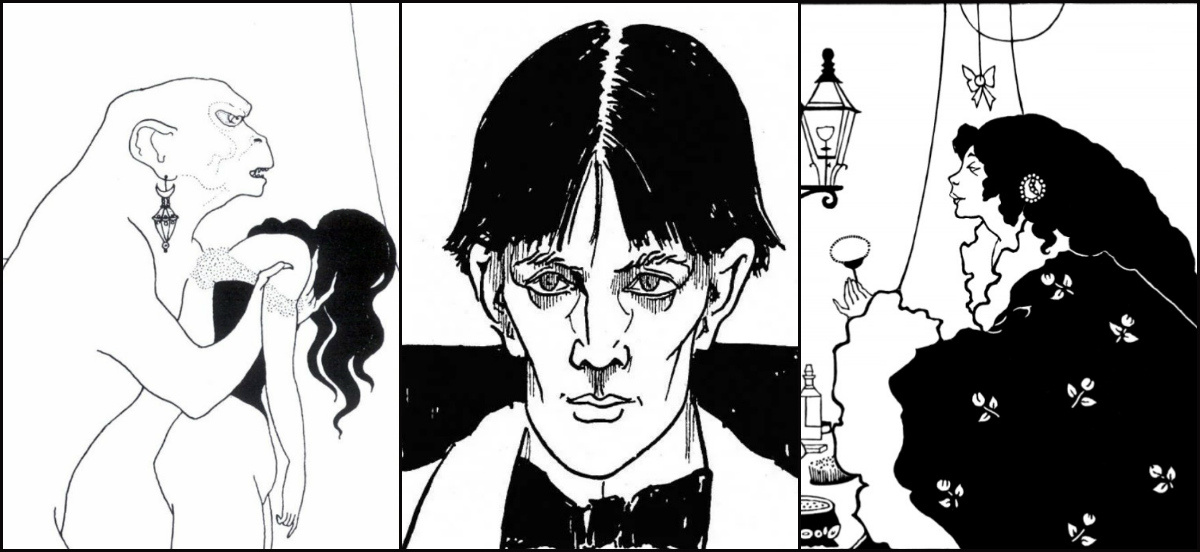
"We can say that his family was ‘an ordinary one in the literary sense', as in the literature of the 19th century, we often see middle class families, where the father loses money, and the mother saves the situation with her earnings, where the father sinks, and the mother creates the feeling of a ‘dignified life', where the father is senselessly suffering, and the family is saved by more wealthy relatives and benefactors (as it happened to the Beardsley family). "Certainly, families, in which everything went smoothly, prevailed, but it is more interesting to read about families where everything went unevenly (otherwise Tolstoy and Dostoevsky would not have earned money from literature).
"Undoubtedly, there were prerequisites for the development of the talent in this family: his mother Ellen played the piano and painted with watercolours. She predicted a musical career to Aubrey and his sister and taught them herself.
"They assume that the boy got his predisposition to tuberculosis from his paternal side — his grandfather died of tuberculosis, and his father also had poor health. Apparently, at the age of seven, he was diagnosed with a passive form, after which he was sent from crowded and smoky London to a boarding school in Sussex, which corrected the situation for a while. In any case, in his letters from the boarding house, Aubrey did not write anything about his illness. After (probably due to a lack of money) Aubrey had to leave Sussex, his mother decided to rent a house in Epsom, that is, to continue protecting her son from London conditions.
"By the way, Beardsley’s father (who also had ‘weak lungs') lived to be 70 years old."
"The story of "Beardsley the Complete Self-Taught Man" is an invention of Beardsley himself, who early enough began to direct the materials transferred to biographers. Yes, his childhood drawings are the work of a naturally talented child, but later he studied drawing at Brighton High School (albeit his technique was not much pleasing his teacher), and in 1891, already working for an insurance company, on the advice of Burne-Jones, he entered the Westminster School of Painting. Despite the word ‘painting' in its name, the head of the school, Fred Brown, put a very strong emphasis on drawing.
Aubrey Beardsley. "Professor Fred Brown", 1892
"Aubrey himself wrote about Brown’s studies: ‘Brown has great expectations for me … I certainly took a step forward and will soon start working with models.' Over time, Beardsley would develop the habit of giving vague information about his art education, building the image of a lonely prodigy, and he would completely stop mentioning his teachers.
"Oscar Wilde is just another man in line of Beardsley inventors. He can stand after Burne-Jones, Morris, Whistler, Botticelli, Dürer and the Japanese charts who are behind Beardsley’s mother and Our Lord. Beardsley was mostly invented by Beardsley himself — there was surprisingly much strength and stubbornness in such a fragile body.
"But you can understand why Wilde said this, as from some point on, Beardsley’s illustrations began to overshadow the text, and it was important for the writer to put the artist in his place, to remind everyone that Beardsley is not an equal maître, but a student.
"Perhaps with at least some reason, Wilde can claim to be the creator of "Beardsley the Dandy", his communication with the writer helped Aubrey to come up with his recognizable dandy image."
"Yes, according to the testimony of Beardsley’s friend Joseph Pennell, they met in 1893, in Paris, on the veranda of the Grand Café, and they did not like each other too much. Whistler later told Pennell behind his back that "this youngster was too self-confident". Beardsley, who absolutely admired Whistler before his personal meeting, drew several cartoons on the artist afterwards, and they weren’t too kind. Their relationship became even closer to Beardsley’s death when Whistler accidentally saw his new illustrations and couldn’t contain his admiration.
"It was Whistler who was entrusted with the selection of 23 Beardsley drawings for posthumous participation in the international exhibition in Knightsbridge."
"Yes, Beardsley undoubtedly borrowed heavily from Morris’s decorative frames and Burne-Jones's graphics. And most likely, it was not his idea, but the wish of the customer J. M. Dent, who wanted to publish The Death of Arthur luxuriously, wanted to have something like Morris, but cheaper. After the book was published, Morris was naturally outraged and said that Beardsley was busy with something other than his own business. Beardsley responded with something like: ‘The fact is that their work is just an imitation of what has already happened many times, and mine is new and original.'
"But, strictly speaking, Morris himself missed Beardsley — they met when Morris was looking for illustrators for his publishing house, but he was not interested in Aubrey’s works, praising only his taste for drawing fabrics and advising him to develop this topic. We can say that in The Death of Arthur Beardsley quite followed his advice — there are plenty of fabrics there."
"Both the first, and the second, and the third. Although most of all, of course, the third."
"According to his sister, even before picking up his pencil, Aubrey thought about the idea for a long time. Then he drew a frame and filled it with intricate spirals and hooks, gradually erasing the details until its entire surface became fluffy from pencil lines and eraser traces. The surviving sketches allow us to see a long search for lines, numerous erasures with a blade, due to which the paper was thinned to lace. The deceptive lightness of Beardsley’s graphics is akin to the deceptive lightness of Whistler’s or Serov’s painting — in each case, many days of searching are left behind the scenes."
"Working in an editorial office would not have been easier than working as a clerk in an insurance company. He started working as a clerk very young — a young man from a good, but poor family, with a good but not the best education, without any special skills, with minimal connections and poor health. Such a person would be able to manage paperwork somehow (and he did it badly), but he would not withstand the enormous load that would have fallen on him as a newspaper artist. Moreover, such a work required a specific "reportage" style. On his first attempt to get a job in the Daily Graphic, Beardsley sent there drawings à la Burne-Jones and in the Japanese style — they surely refused him."
"Ink, pen, paper, fill, stroke, contour, dotted line, white details are made strictly on a paper background, without the use of white. Strictly speaking, nothing special: the usual graphic techniques, just add a huge talent, observation, the ability to compile someone else’s artwork so that you get your own output, perfectionism and impossible hard work to them."
"If you get your first throat bleeding at the age of seventeen and understand for sure that your life will not be too long, and your death will not be too pleasant, you will most likely become slightly mentally unstable. So he held up perfectly for his condition. But the unpleasant themes he chose do not necessarily reflect his mental health — the embryos, hybrids, monsters, angels, demons, vicious and beautiful women, death, decay are the favourite themes of symbolism and modernity."
"Beardsley himself spoke about his strange, unkind, nervous images like this: ‘I try to show the reality around us as it is,' ‘I see everything in a grotesque light. For example, I go to the theatre… The images themselves appear before my eyes, and I paint them — the actors on the stage, the faces of the audience in the boxes, the stalls and the gallery, their clothes. Everything seems bizarre and sinister to me. I have always perceived the world this way.'
"His sister Mabel once told Yeats that her brother hated people who denied the existence of evil, and deliberately filled his drawings with its images."
"You might probably guess that the biographers weren’t witnesses in his bedroom, so they cannot tell you all the details of his sex life. There are speculations and the information kindly provided by Aubrey Beardsley himself, the memories of his mother and his friends. So, he and his sister were very close since childhood, since they simply did not have other children to communicate (before Aubrey left for the boarding house). They were very friendly all their lives, she was by his side when he died.
"Besides Mabel, they gossiped about his relationship with Ada Leverson, several prostitutes. Yeats also wrote about his ‘serious' relationship with a woman.
"Yes, even illustrations for Salome were censored. According to contemporaries, the publisher studied them literally with a magnifying glass and found moral insults even where there were none of them (although sometimes he missed obvious ones). After the Yellow Book scandal, Beardsley’s drawings were censored even more seriously.
"Very serious and very dangerous. It made so much noise because homosexual relationships were prosecuted. The confusion set up by journalists who called the book Wilde took with him to prison the Yellow Book undermined both the magazine’s popularity and Beardsley’s own reputation. A few days later, the artist was suspended from his work for the magazine (which was a serious financial blow for Beardsley, who supported his mother and sister). In addition, the Aubrey’s expulsion from the Yellow Book meant his undoubted guilt to the public, and accusations of homosexuality became even louder. Finally, an article appeared in St. Paul’s, which accused him of ‘sexlessness' and ‘uncleanliness'. ‘As far as my cleanliness is concerned, I take care of it when I take a bath in the morning, and if your critic has any doubts about my gender, he can be on my morning toilet,' Beardsley wrote back to the newspaper editor."
"Aubrey liked good wines, he smoked, but not too much, and he almost certainly took opiates for his illness — subcutaneous injections of morphine were used for tuberculosis. It is possible that he had tried opiates before, as smoking opium was popular among bohemians, and alcohol tincture of laudanum was freely sold in pharmacies and was often recommended for insomnia."
"Actually, he had a very busy social life: Beardsley ‘hung out' quite a lot and even travelled (France, Belgium). He often went to the theatre (and made posters for performances), loved the opera and the music hall, visited restaurants, clubs, literary salons; thanks to his fame, he was a welcome guest at parties and Sunday dinners, even sometimes took part in carousing in a large company that lasted till dawn (when he could physically stand it). He was very ill. And very young. Thus he tried to catch everything. So he was aware of fashion trends."
"His conversion to Catholicism — was it only because of thoughts of his imminent death?"
"For all his freethinking, Beardsley was never an atheist. Moreover, a significant part of his life was connected with the Church (there were many priests among his friends). Certainly, his family religion was Anglicanism, but in 1894, he began attending the Catholic Oratorian Church. Probably, at first he did it for the purpose of shocking, and wrote about this: ‘The London Oratorio is the most beautiful of modern city buildings… This is the only place where you can come on Sunday afternoon and forget that it is Sunday'.
"After his death, Beardsley’s mother and father converted to Catholicism."
"He was often said to be secretive and always masked under the mask of a prodigy who is easy on everything, the mask of a dandy, the mask of a cool cynic. Some contemporaries spoke of him as a witty, charming, well-educated young man, others were irritated by his self-confidence, sharp tongue and ability to attract general attention, and others found him nervous, sweet and shy. In short, he was different.
"And he was a man who died at the age of 25 and said: ‘It is a great happiness to do what you like best even being on the verge of death'."

"His works are infinitely thought out and verified (and he was smart), but they create a deceptive feeling of lightness (and he liked to pretend to be a person who can do everything easily), his themes are favourite ones of modernity (love and death — he was well aware of the latter), his presentation is a provocation and a challenge, and he was brave to the point of recklessness — at least as an artist."






